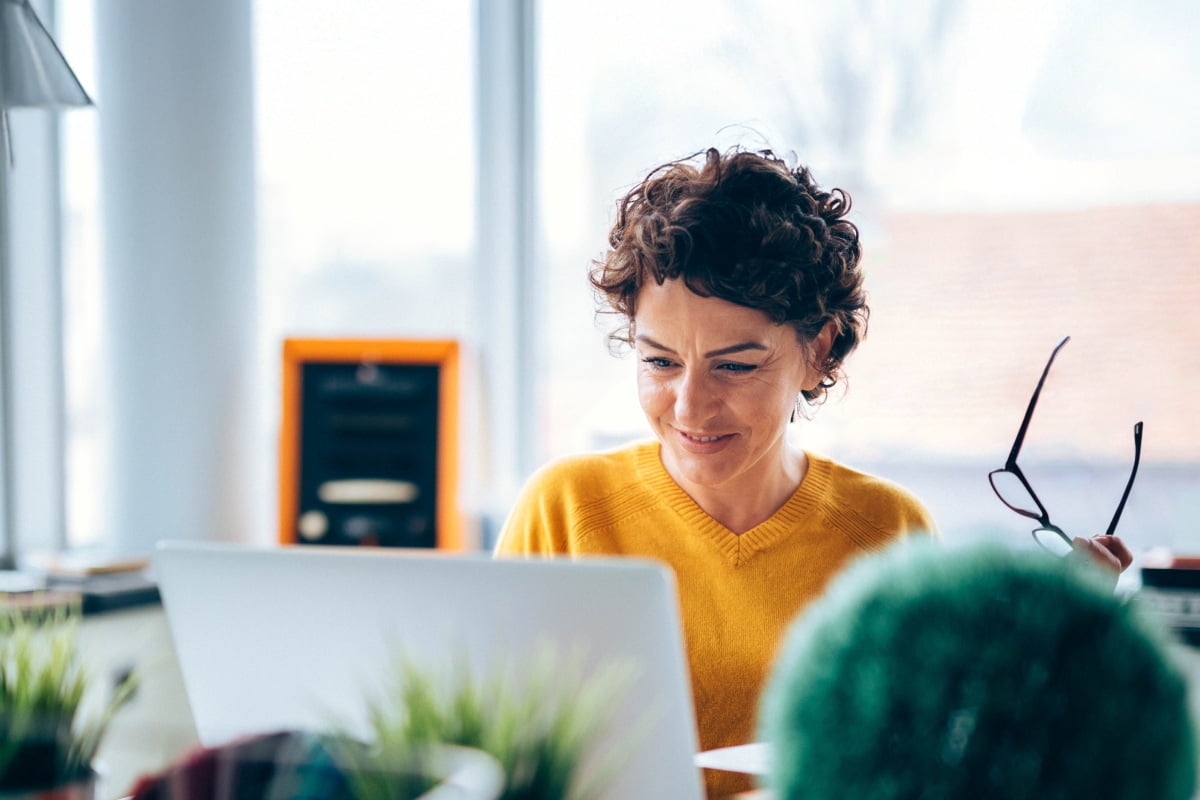In a culture driven by overdoing and overthinking, a daily dose of mindfulness training is not only helpful – it’s essential. The average human attention span has dropped from 12 seconds to 8 seconds – thanks to smartphones. That is shorter than that of a goldfish. However, if the thought of adding one more activity to your schedule gives you hives or evokes images of sitting cross-legged for hours, I have good news for you:
You are already mindful.
Even better, recognizing how you’re already paying attention on purpose strengthens your resolve to train your brain with mindfulness practices. In other words, get a taste for what it feels like to be mindful and you’re going to want more.
Mindful moments are ordinary occurrences when you show up and pay attention for a second, minute or, if you’re lucky, an hour. They can occur anytime and are often right in front of your nose. For example, you may find yourself purposefully paying attention when:
- Focusing deeply on a work task that you really enjoy
- Engaging in a deep and interesting conversation
- Catching the sun setting over the horizon
Active Versus Passive Attention
Start noticing your mental state by asking yourself the following questions:
- Am I paying attention right now?
- Am I distracted or focused?
- Am I right here or somewhere else?
You may notice that in one moment you’re savoring lunch and in the next bite your mind is off solving a crisis in the office. The simple practice of noticing what your mind is doing instantaneously brings you into a mindful moment.
Remember, you are already present and paying attention on purpose now and then. You just need to get to it more often. To get better at noticing your mindful moments, it’s helpful to understand the difference between active attention and passive attention.
When you’re actively paying attention, you’re fully engaged, right here and now, with your complete mind and body. It means you notice the dog at the side of the road poised to jump in front of your car. You walk down city streets observing the sights, smells and sounds. You experience your senses fully each time, and you are 100% attentive of what you’re saying and doing. You’re alert, completely aware and notice everything. Your senses light up, the sky appears bluer, sounds are crisper, smells are stronger, tastes are more flavorful, and your body surges with energy.
Passive Attention
When you’re passively paying attention, you’re sort of here but sort of distracted or caught up in thoughts that make you feel foggy or dull. You’re distracted by the never ending to-do list or plans for dinner. You don’t notice the dog ready to jump. You walk the same streets thinking a thousand miles a minute, oblivious to what’s happening right here, right now. You may notice what’s happening around you, but you’re not that engaged or curious.
Most people shift in and out of being mindful and distracted, active and passive, all day long. The average person spends 47% of their time with the mind “wandering.” Can you imagine what could be accomplished if we doubled that number? It’s really no wonder that 91% of all workplace accidents occur due to human error.
Active Attention
Let’s explore what it feels like to actively pay attention:
- Sit still and breathe naturally for a few moments.
- After two or three breaths, tune in to your senses and begin to notice what is happening both inside and around you.
- Notice everything in this practice: sounds, physical sensations, smells, how your clothes feel on your skin, visual stimuli, your breath and thoughts.
- Simply remain curious about what you see, hear, smell, taste and touch. Observe what you are directly experiencing right here and now. How do you feel? Are you tired or energized? There’s no right or wrong.
Noticing the difference between Passive and Active Attention
Start asking yourself questions and describing your experiences throughout your day and you’ll get better at recognizing when you are actively paying attention. This will drastically improve your self-awareness. You’ll even start catching yourself being listless or passive. Which is great because you can switch what you’re doing, like take a walk, to get back to your optimal state.
Noticing in this way is the first step in mindfulness training. Noticing is how you get better at paying attention on purpose. Noticing is how you begin to trust that you already know how to be mindful. It’s a confidence booster and is a great way to get excited about your mindfulness practices, including yoga and meditation.
Start checking out your experiences more frequently. You’ll be amazed at how many times during the day you’re actively paying attention. Get a taste for what it feels like to be mindful and you’re going to want more. This will impact everything you do, including the way you work and interact with others.
Having more mindful moments in your life will make all your experiences just that much better.





